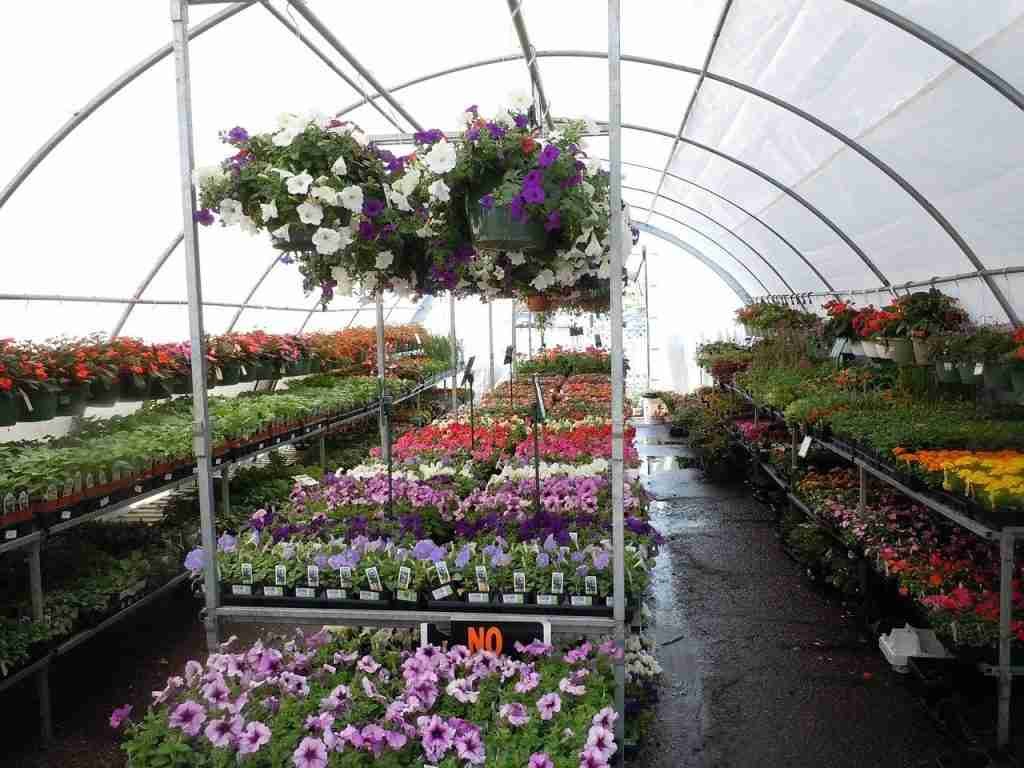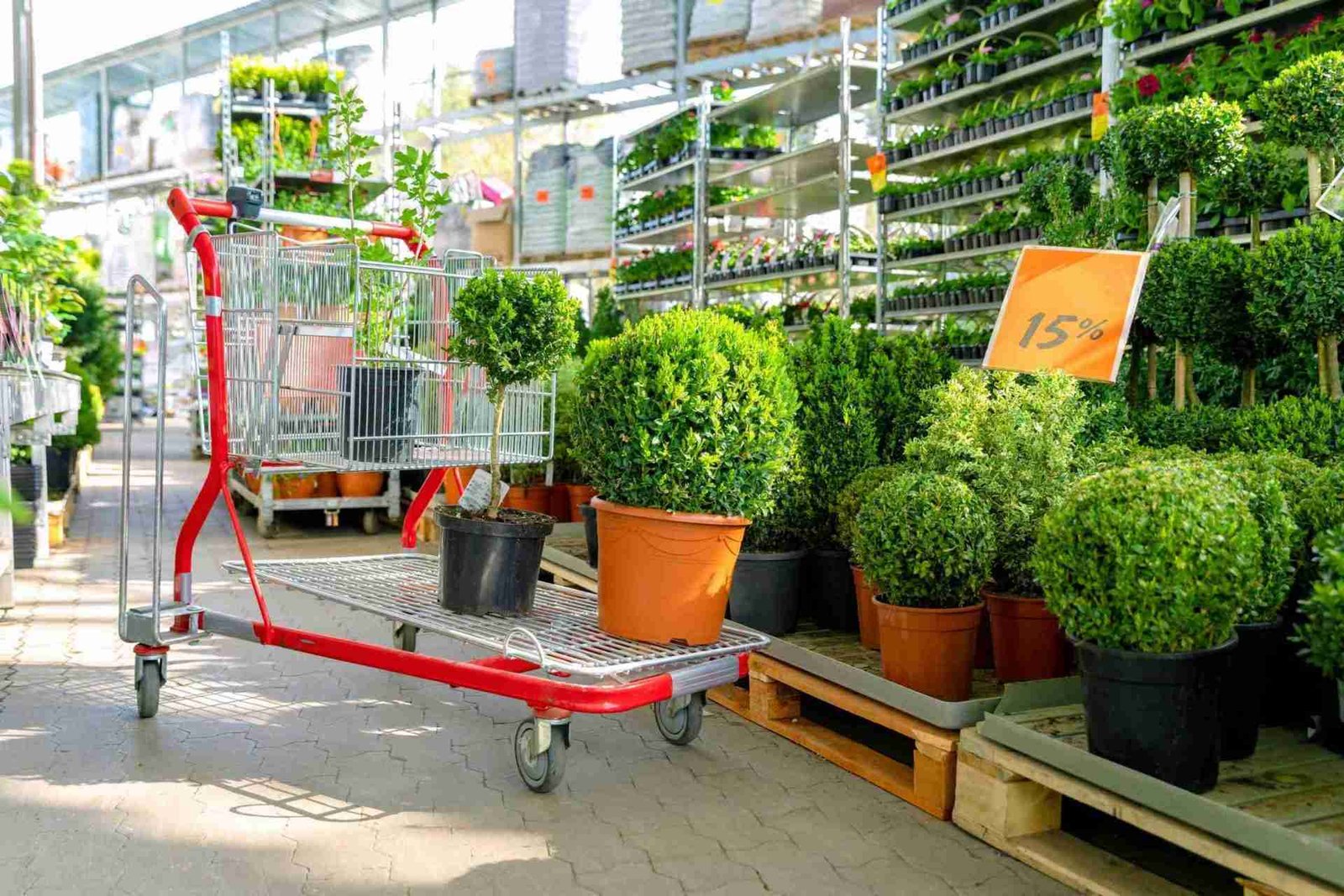We’ve all bought a plant in a store at some point in our lives, but as the internet progresses, more consumers are beginning to visit online plant nurseries from the comfort of their homes. As with every other industry, online and in-person plant shopping both have their pros and cons. Let’s take a look at some factors that affect plant buyers’ overall experience with each buying method.
Convenience
Of course, the primary reason many people shop online is convenience, and buying plants online is no different. Society has become much more reliant on having goods delivered, as it eliminates the need to take time driving to a store and looking for desired products. It also means plant shoppers do not have to deal with transporting the plants from stores to their homes, which could potentially get their cars quite messy.
Oftentimes, online nurseries offer free shipping if customers spend over a certain amount of money, or they offer some other kind of discount, which is another attractive feature of online shopping.
Variety
Since brick-and-mortar stores are limited in size, most have less room to house every type of plant they wish they could. Many online stores, on the contrary, have a much wider variety of plants for sale and customers may be able to find the exact plants they are looking for online. Smaller, local stores may only have flowering plants in stock, whereas online stores typically have many other types for sale. The variety of vases and plant holders is oftentimes much larger online as well, making online shopping more attractive for those who are picky about those types of products.
Note that many nurseries – especially small, local ones – can order the exact plants or holders customers are wanting and they may cost less this way, so be sure to ask your local nursery if this is offered there. Also note that while online stores may have a larger variety of plants, it doesn’t mean they are all available. Some plants frequently get backordered and customers are better off going to buy them at a local nursery in-person.
Delivery
While online stores may have many more plants available, before purchasing any online, customers should always look at the delivery dates. In some situations, the company will not ship plants right after they are ordered. Instead, some online nurseries will wait to ship certain plants to customers based on the growing zones they live in. Sometimes, customers can purchase certain plants in August but will not receive them until March, so it is critical to look for the delivery date or inquire about it if it is not clear.
In-person nurseries like Lowe’s, on the other hand, will normally only offer plants that are in season in the specific area they are located in. This allows customers to obtain viable plants immediately instead of waiting for the next season or two to arrive. And the great thing about Lowe’s is that you can shop online (convenient), yet pickup in person.

Plant Size
In the majority of cases, the plants consumers receive from online nurseries are smaller than those found in person. Many times, plants purchased online are smaller and “younger;” in fact, many are so-called “bare root” plants that have barely matured. Oftentimes, photos of plants being sold online make them look huge and sprawling, but those are depicting them at maturity and are typically not what is received.
For people looking for plants that are ready to be shown off at their homes, receiving tiny plants may be a deterrent to online shopping. However, people looking to start a “baby” garden or those who are not sure about where they want their plants to go yet may find this a more attractive option.
Many customers opt to reach out to the seller or online store’s customer care team to ask for a picture of the specific plant they have ordered to assess the size and whether or not it is right for their homes. Of course, shoppers buying plants online should also always read each products’ description and specifications. On the other hand, shopping for plants in person lets customers see and touch the plants they would own right in front of them.
Price
In many cases, plants you find in a local nursery will cost less than plants purchased online. Even if an online store offers free shipping, it is more than likely the prices of the plants on the website have been marked up to accommodate the packing and shipping processes. However, online stores have to compete against each other, meaning they may provide more discounts and therefore cost less than brick-and-mortar shops in some circumstances.
Customers willing to pay high prices for hard-to-find plants can typically find what they need online, but those not too picky about specifics will likely be able to find suitable plants in person at lower prices. Overall, it is important to research options and prices of desired greenery.
Refunds and Guarantees
Plants, in a sense, could be viewed as a risky investment, as there is always the chance they won’t last. Whether buying plants online or in person, it is critical to check what the refund and/or guarantee policies are. Some online nurseries know customers are hesitant to purchase plants online and therefore offer better return policies and guarantees than brick-and-mortar nurseries do. Of course, it’s rare to find a lifetime guarantee of a plant, but some places may offer one.
Potential Damage
We’ve probably all received a damaged package in the mail at some point, and purchasing plants online always runs the risk of having them damaged during the shipping process. Buying plants in-store allows customers to gently arrange them in their vehicles for the commute home, but plants that are shipped to homes do not always make it there unscathed. On some occasions, the plants even don’t survive the transit process as they may be thrown around by the shipping partner(s) and smashed under other heavy items. Therefore, customers should inquire about the packing, shipping, and handling processes online stores utilize to deliver their plants to ensure they will be alive and healthy.
Look for Reviews and Choose Trusted Plant Nurseries
Plant shoppers should always look for reviews, whether they are considering visiting online or in-store nurseries. Just like any other industry, there are “good” and “bad” stores. Just looking at a simple star rating may be enough to draw in or deter customers, and it only takes a simple search engine query to find.
Websites like Trustpilot and Facebook are great for finding reviews of online nurseries, and Google and Yelp are great places to start when looking for reviews on brick-and-mortar nurseries. In some cases, online stores sell specific plants that are more high-quality than those found in a local nursery, especially the “big box” stores, and reviews can help confirm or deny this. FastGrowingTrees.com has a great reputation for providing high quality plants (and trees) as well as quick shipping.
Ultimately, online plant sellers and local nurseries are still businesses and are all well aware that they won’t survive long-term if they don’t provide proper products and service, so it is expected they be “good” stores. However, reading reviews and making sure each nursery option is trustworthy is still a crucial step customers must take. Plants can get expensive depending on which ones customers are buying, so making sure a nursery is reputable can save them a lot of time and money.

